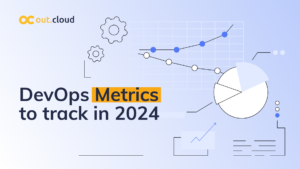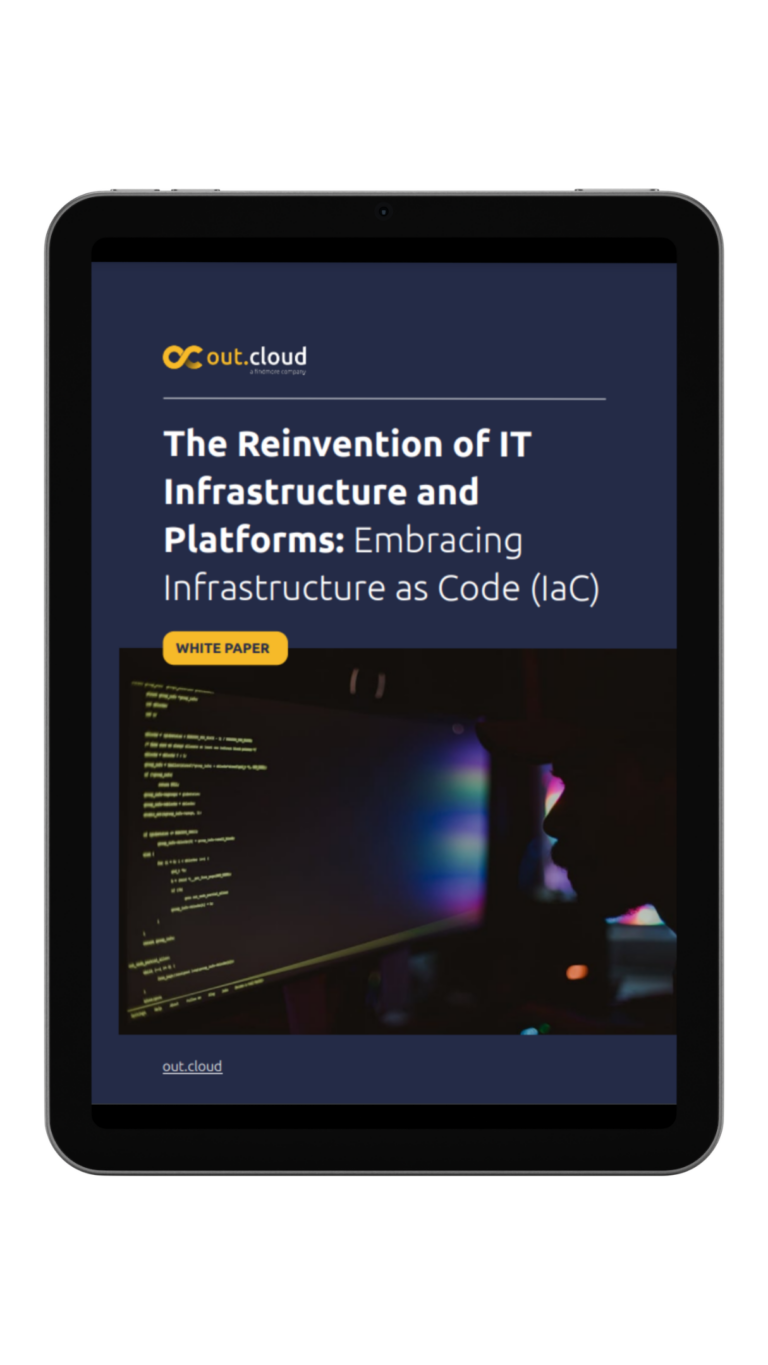AWS Well-Architected
Making sure your business operates consistently under the best architecture practices is essential. This in return, enables you to make informed decisions and provides better understandings of your architecture risks, as well as the different ways to minimize them!
Having experts checking the architecture of your platform isn’t just about making sure everything is working at its utmost efficiency but rather, ensuring your organization is harvesting the highest value from the platform.
However, before we jump right into the facts and figures it’s equally valuable to understand what is AWS Well-architected and why is it so important. So, as always, we start where everything should, from the beginning!
What is the AWS Well-Architected?
AWS created the AWS Well-Architected Framework to help cloud architects build infrastructures developed on performance, security, high-resilience, and efficiency for their applications. This game-changing Framework, which is divided into five pillars, provides an approach for businesses to evaluate the architecture, a way to accomplish crucial changes.
The AWS Well-Architected five pillars:
Operational Excellence – attentive to operational attributes, addressing the running and monetarization of systems to improve current procedures. This includes automation and management and event reactions, among others.
Security – focused on protecting data, systems, and assets, the security pillar centers on data confidentially, privilege management of users and their accesses, performance of risk assessments, as well as security detections.
Reliability – Committed to recover from disruptions, avoiding failures that can compromise business goals and customer requirements. This pillar focuses on self-healing and testing.
Performance Efficiency – Maintaining and utilizing cloud resources is an efficient manner is crucial. For those reasons, the performance efficiency pillar is attentive to choosing the right types and sizes of resources depending on the workload directives, monitoring performance while at the same time answering business needs.
Cost optimization – Knowing when to allocate resources is key to avoid money being spent. This pillar focuses on analyzing and minimizing costs with informed decisions.
Following the five pillars, the Well-Architected Framework recognizes six general design principles, developed to ease design in the cloud. These principles are as follows:
• Stop guessing capacity needs – Eliminating that big question mark concerning your infrastructure capacity needs is important. With cloud computing, you can use the amount of capacity you need, scaling up or down, automatically. Essentially, you pay only for what you use.
• Test systems and scale – The cloud allows for an environment where you can create and manage testing and scaling, according to your necessities. This allows you to test on a replica of production.
• Automate to make architectural experimentation easier – As a way to avoid further costs, such as the need for manual work, automation allows you to replicate your system at lower costs. Automating everything translates into better speed and more efficiency.
• Allow for evolutionary architectures – In a traditional environment, architectural decisions are often implemented as static, one-time events, with a few major versions of a system during its lifetime.
With this principle, flexibility is pivotal. Businesses aren’t static so systems shouldn’t be either. In that sense, it’s important to avoid architectural decisions that lead to static and rigid designs.
• Drive architectures using data – In the cloud, collecting data on how your architectural choices affect the actions of your workload is highly beneficial. This allows you to perform choices based on factual information on how to better your workload.
• Improve through game days – As you know, testing in important, if not crucial. Perform regular testing by scheduling game days as a way to simulate events in production. This will serve as a great tool for detecting and understanding weakness, which in turn serves as a means for improvement. Remember, the test now so you can avoid potential future disasters.
To cut a long story short, as more organizations adopt the cloud, having an optimal AWS Well-Architected framework will make a major difference and, following the objectives of the five pillars as a means to achieve a more efficient and optimized work methodology.






